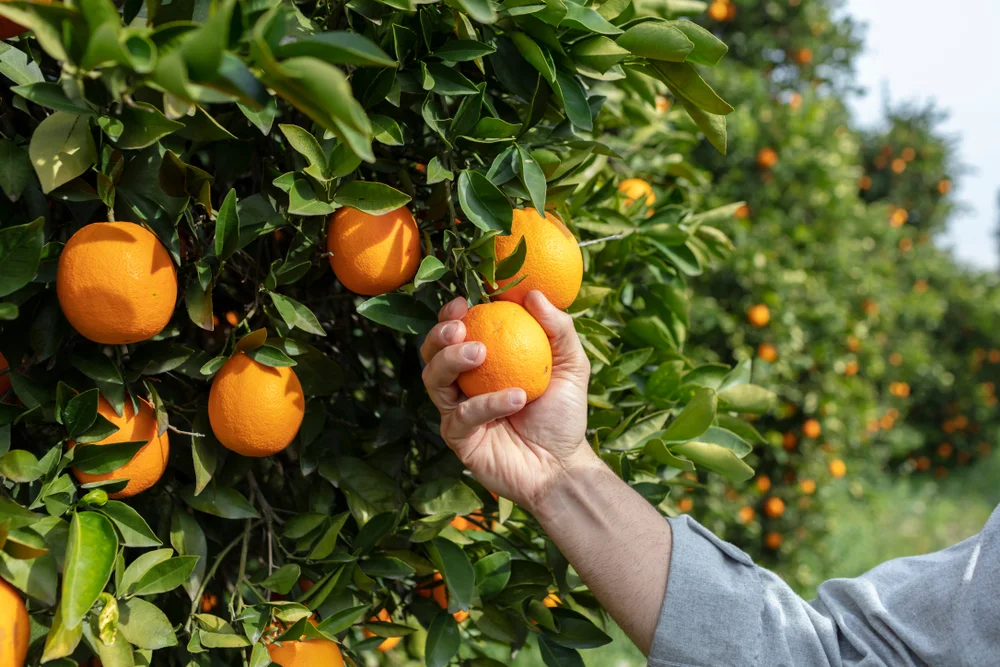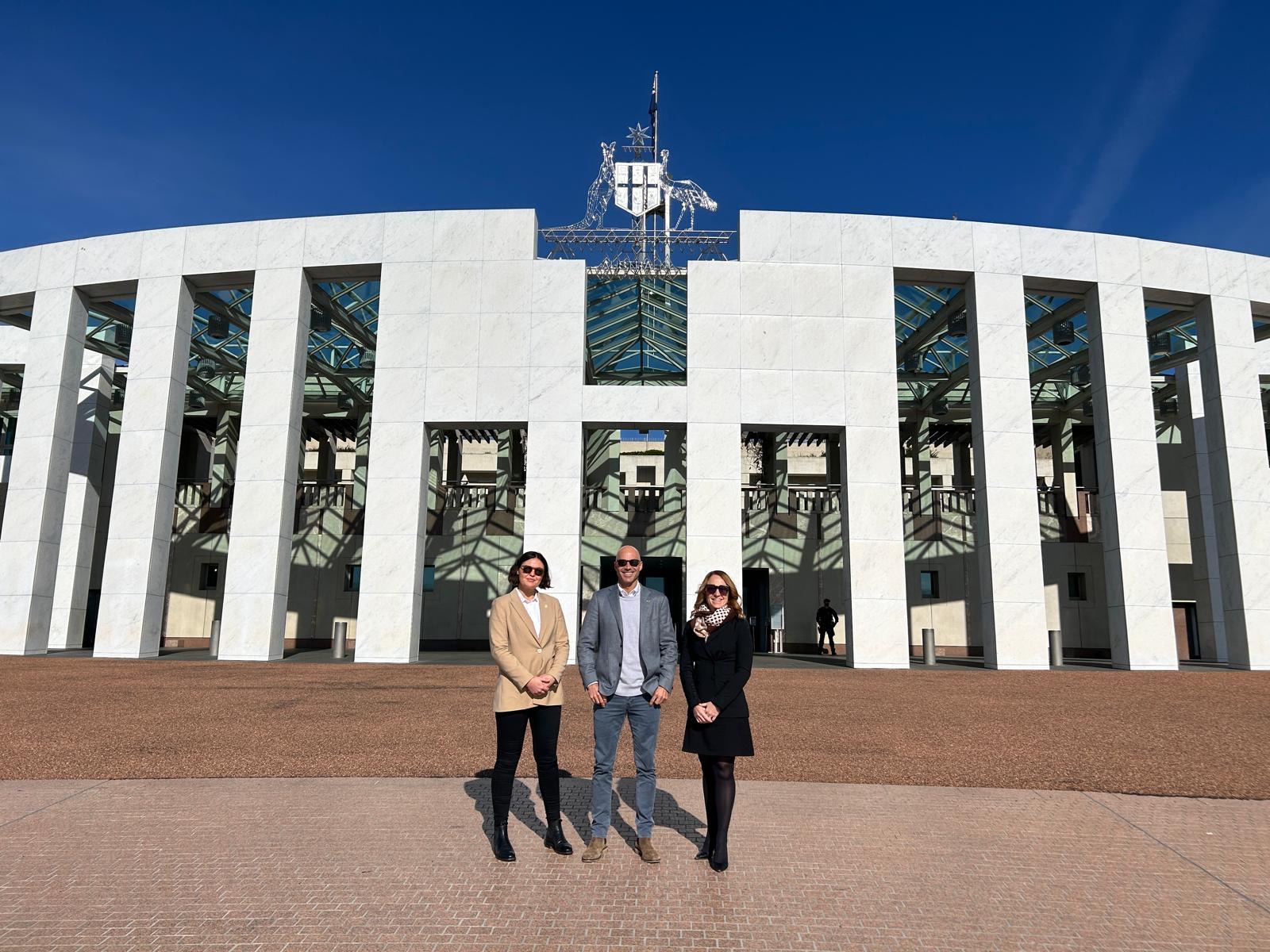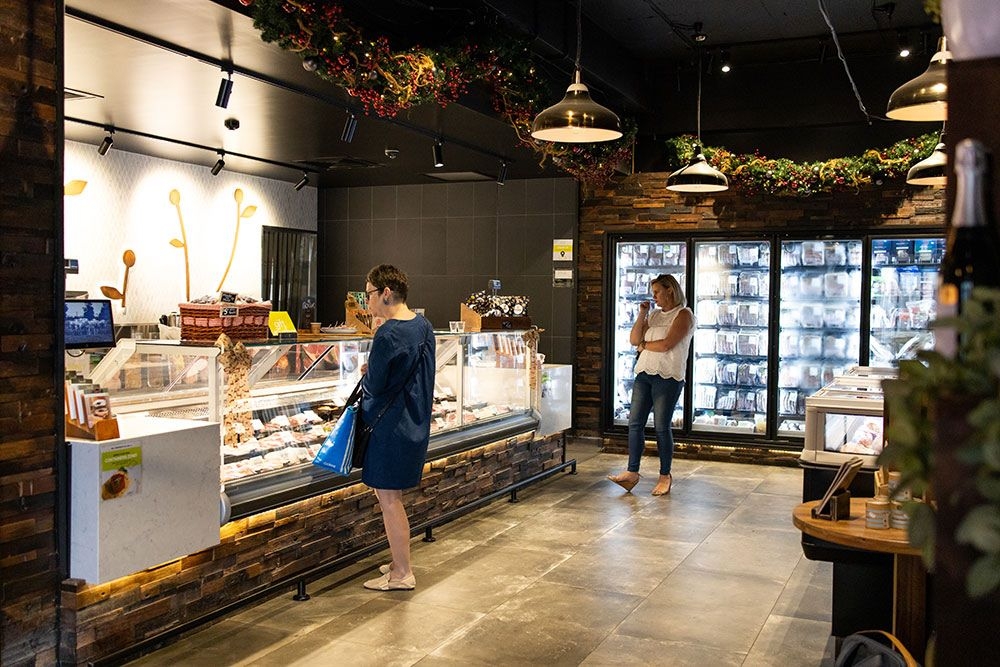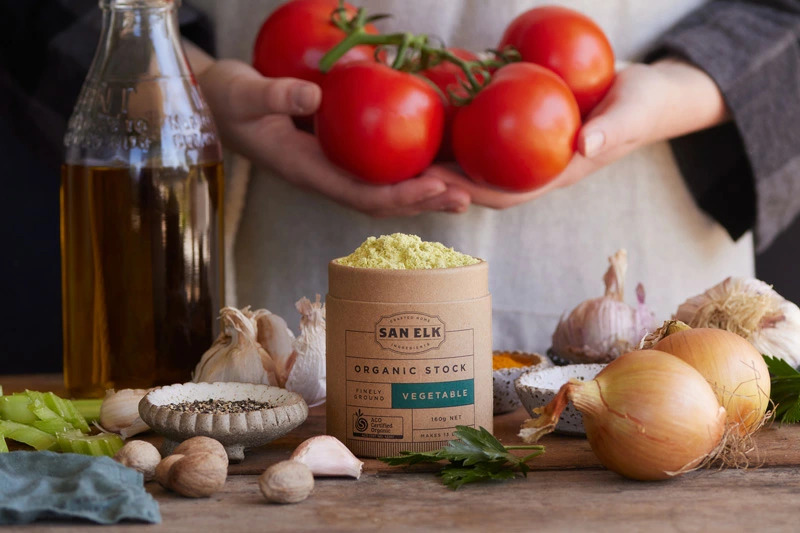The Australian Government has announced the establishment of the Australian Agriculture visa to build on the highly successful existing Pacific schemes.
This visa responds to workforce shortages in the agriculture and primary industry sectors, and recent changes to the Working Holiday Maker program developed as part of the UK-Australia Free Trade Agreement.
The Australian Agriculture visa will be available to workers across the agriculture (including meat processing), fisheries and forestry sectors and provide a basis for the ongoing growth of Australia’s primary industries as they strive to reach $100 billion in value by 2030.
The program will be operated by the Department of Foreign Affairs and Trade, building on the strong outcomes from Pacific labour mobility programs.
The Government will immediately commence industry consultations to understand needs across the agricultural sector.
The departments of Foreign Affairs and Trade, Home Affairs and Agriculture, Water and the Environment will design the visa to ensure a high degree of integrity and safeguards for workers and work closely with partner governments also, including Australia’s Pacific family, to ensure their interests are protected. Regulations to enable the creation of the Australian Agriculture visa will be in place by the end of September 2021. Operation of the visa will depend on negotiations with partner countries.
The Government’s primary and growing method for meeting agricultural workforce shortages are the existing Seasonal Worker Programme (SWP) and Pacific Labour Scheme (PLS), and the new visa program will build on these. Between now and March 2022, the number of Pacific and Timorese workers in Australia will double to over 24,000. These workers are highly valued by Australian industry and are critical to Australia’s horticultural and meat processing sectors, including during the COVID-19 pandemic.
The Australian Agriculture visa will be open to applicants from a range of countries negotiated through bilateral agreements. Full conditions will be developed and implemented over the next 3 years as the visa is operationalised.
During this implementation period we will work to achieve a demand driven approach and consider permanent residency pathways and regional settlement.
Quarantine places remain the biggest constraint to bringing in overseas workers where there are no Australians to fill workforce shortages. The Government is working closely with States and Territories to ensure Australia can meet future workforce needs across all sectors.
